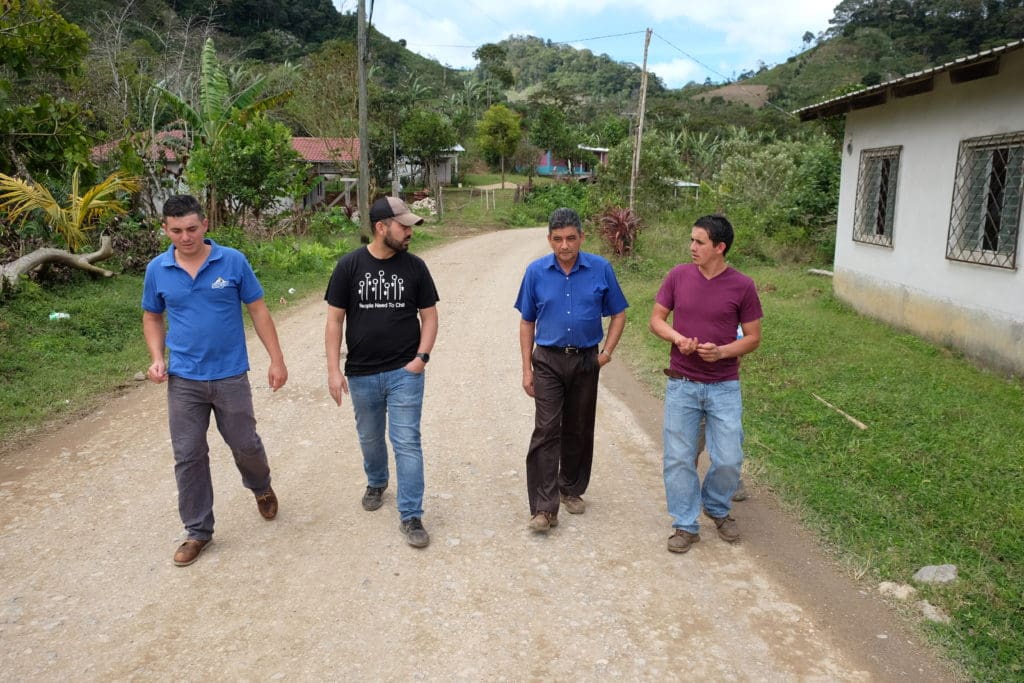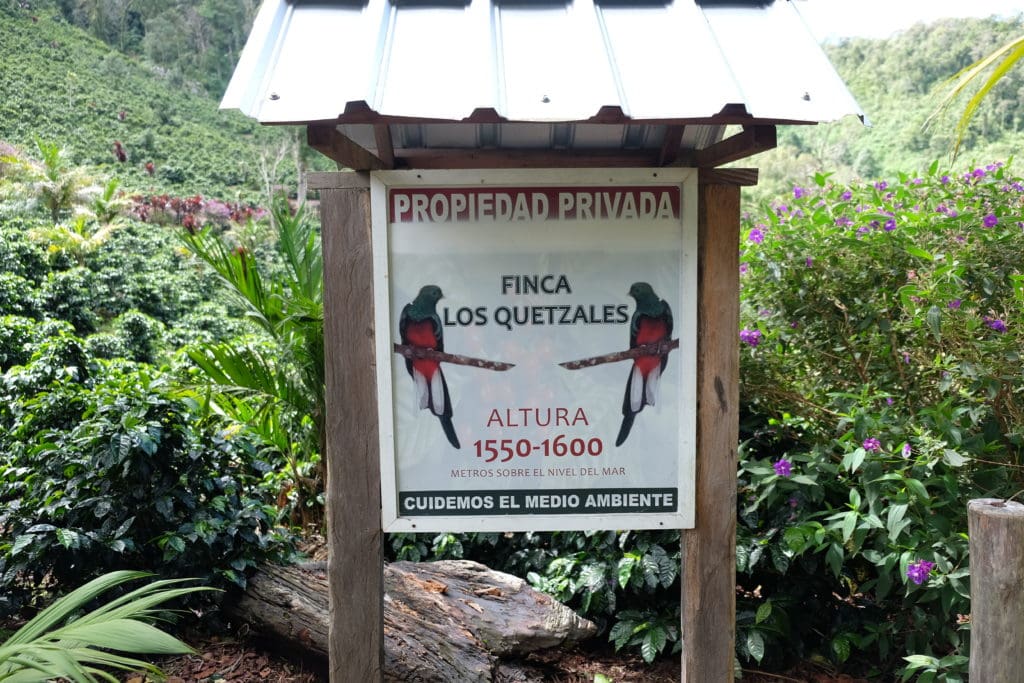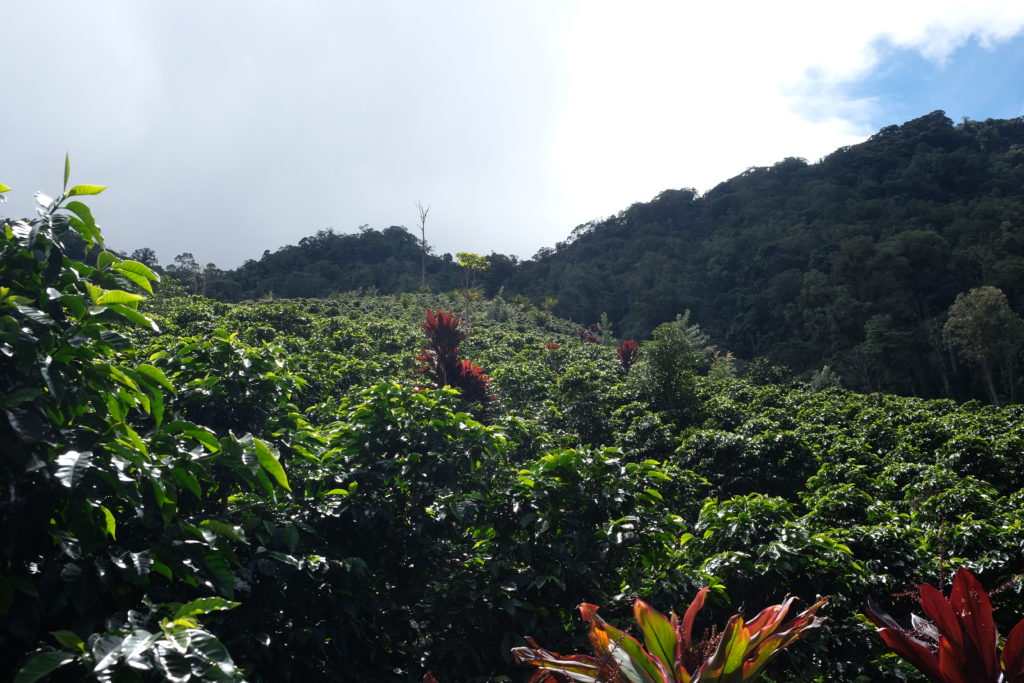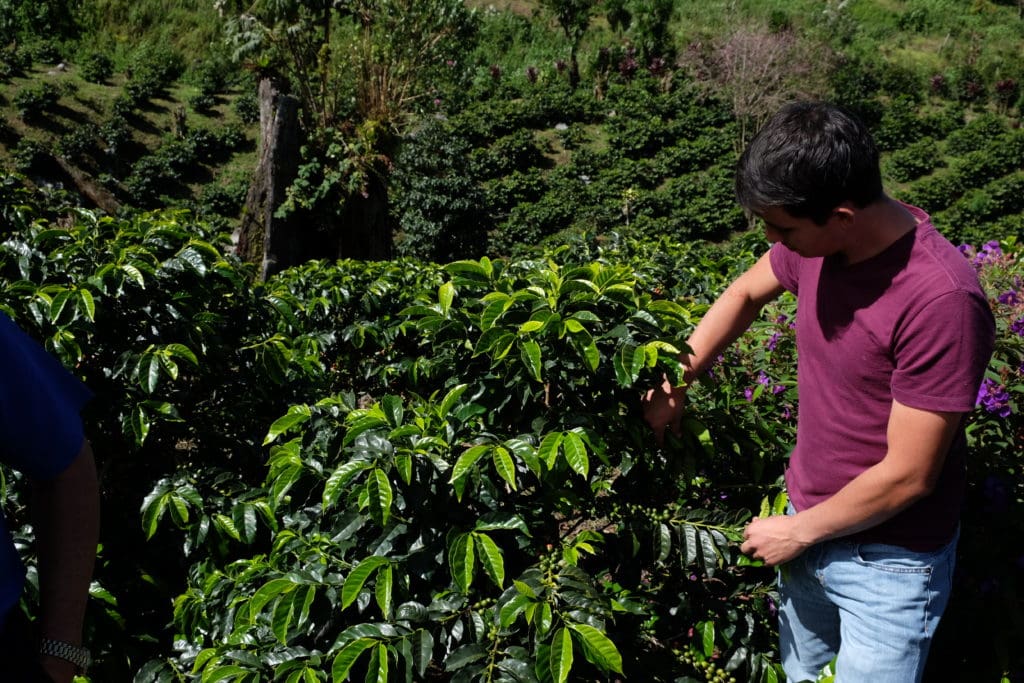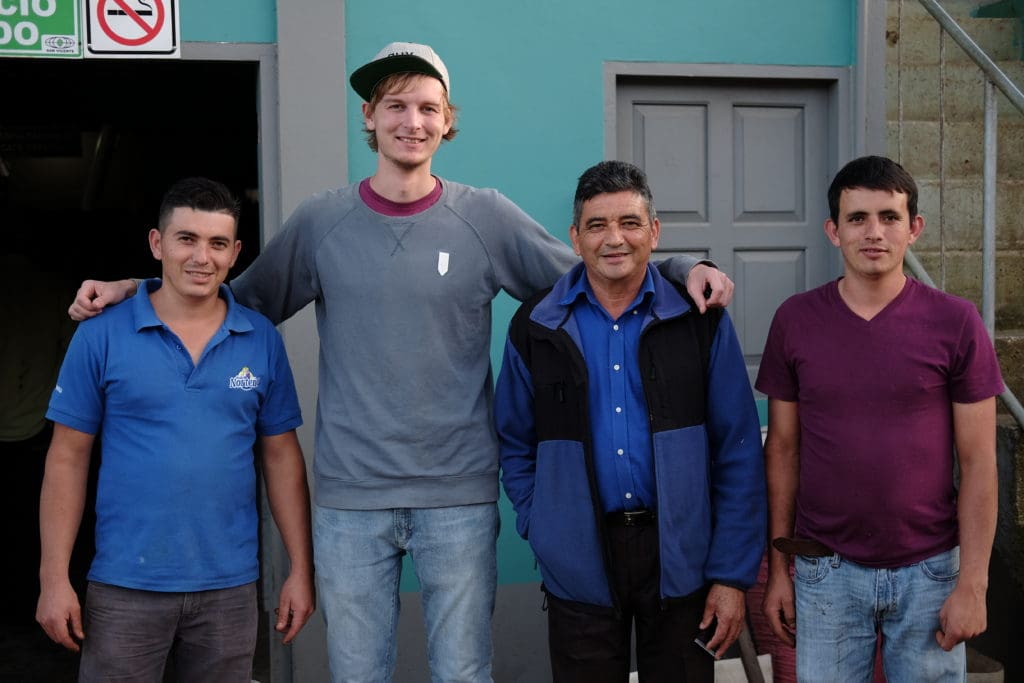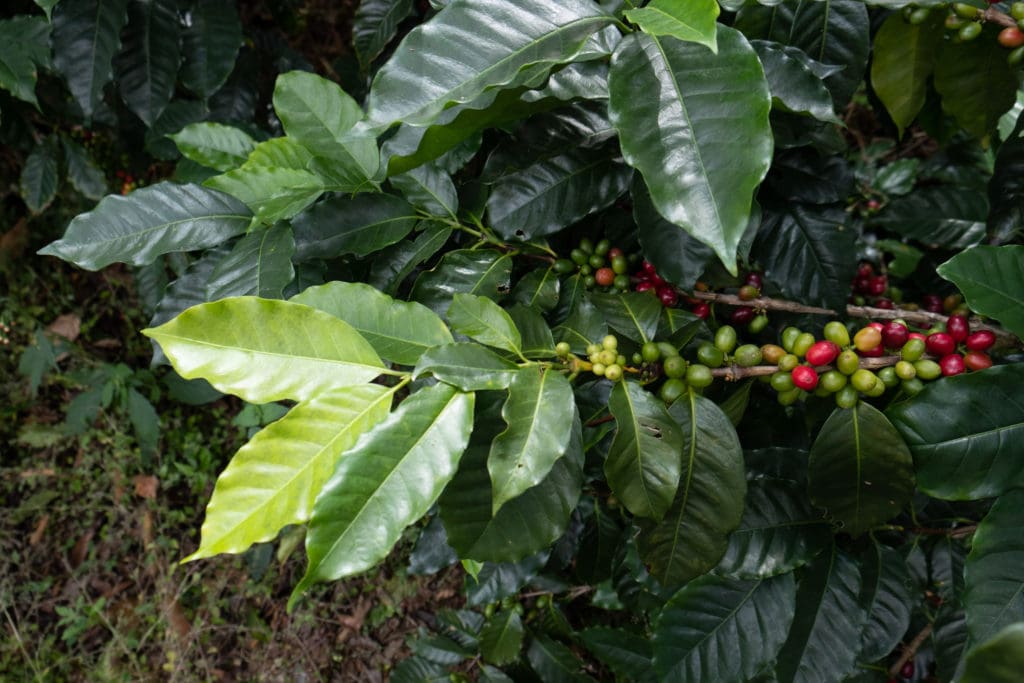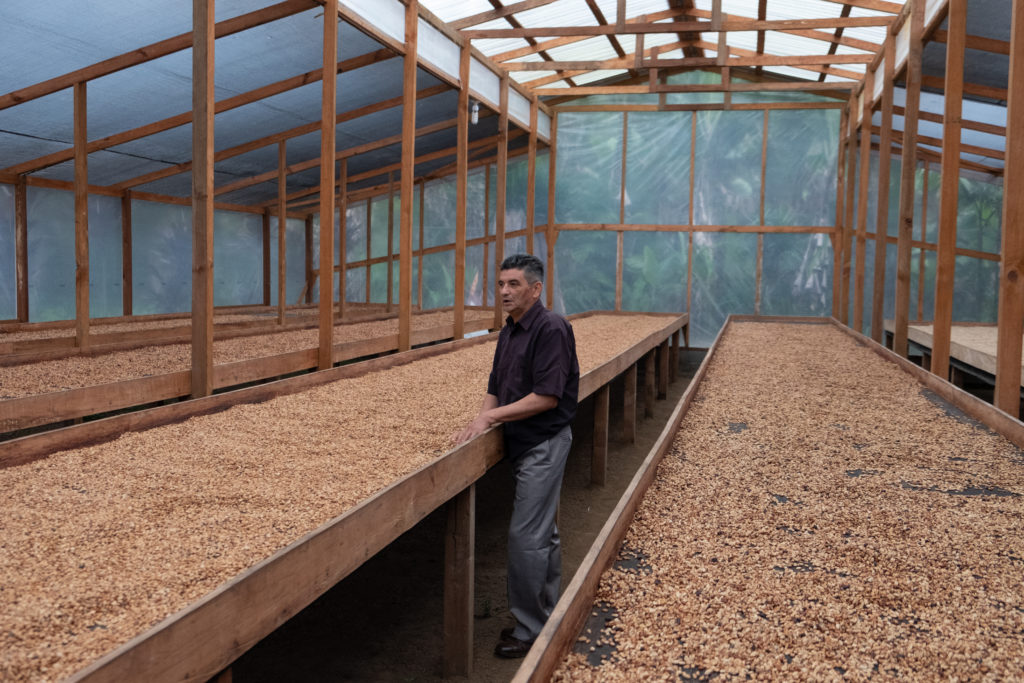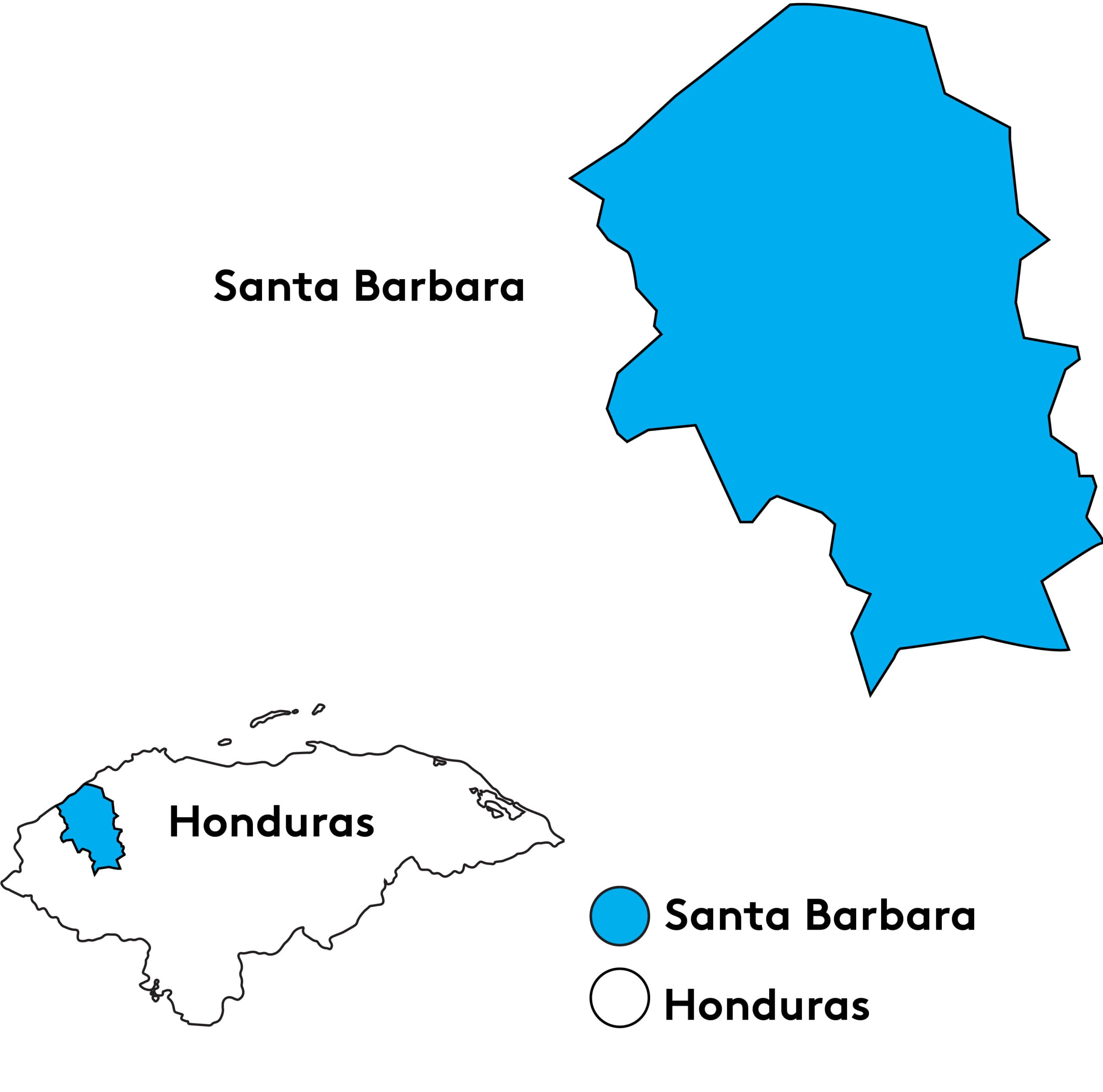The Sagastume family has been farming coffee for many decades headed by Don Pedro Sagastume. Pedro has divided his farms in multiple plots for his sons to take ownership and leadership in their own work. Nevertheless, this is a family effort, all the wet processing and drying happens centrally around the family home with the sons and their families living nearby.
This Pacas comes from a plot on the “Los Quetzales¨ farm, managed by Yerin who is the youngest of Pedro´s three sons. This farm is aptly named for the common sighting of the rare Quetzal bird. With cool nights and warm days this 1600masl farm has the ideal microclimate to produce complex and bright coffees, characteristic of the Santa Barbara region.
This Honey processed coffee is pulped as soon as the coffee arrives at the family wet mill 30 minutes from the coffee fields. No water is used in the depulping process to maintain all the mucilage on the seeds. The coffee is then dried with the mucilage attached on raised beds in the solar dryer. This process takes up to 20 days during which the coffees are constantly moved.
The family has worked tirelessly to obtain their spot in the specialty coffee market through research and investing in the right infrastructure and development of new plots. The highlights of these investments are the expansion of the solar dryers as well as plots planted with Gesha, Pacamara and SL-28 varieties.
This lot was prepped for export with our partners at Exportadora San Vicente, a family business founded by the Paz family more than forty years ago. Today, they work with over 200 producers to produce microlots, many of which have won titles in the Honduras Cup of Excellence. San Vicente is based out of Peña Blanca at the shore of La Yojoa.
